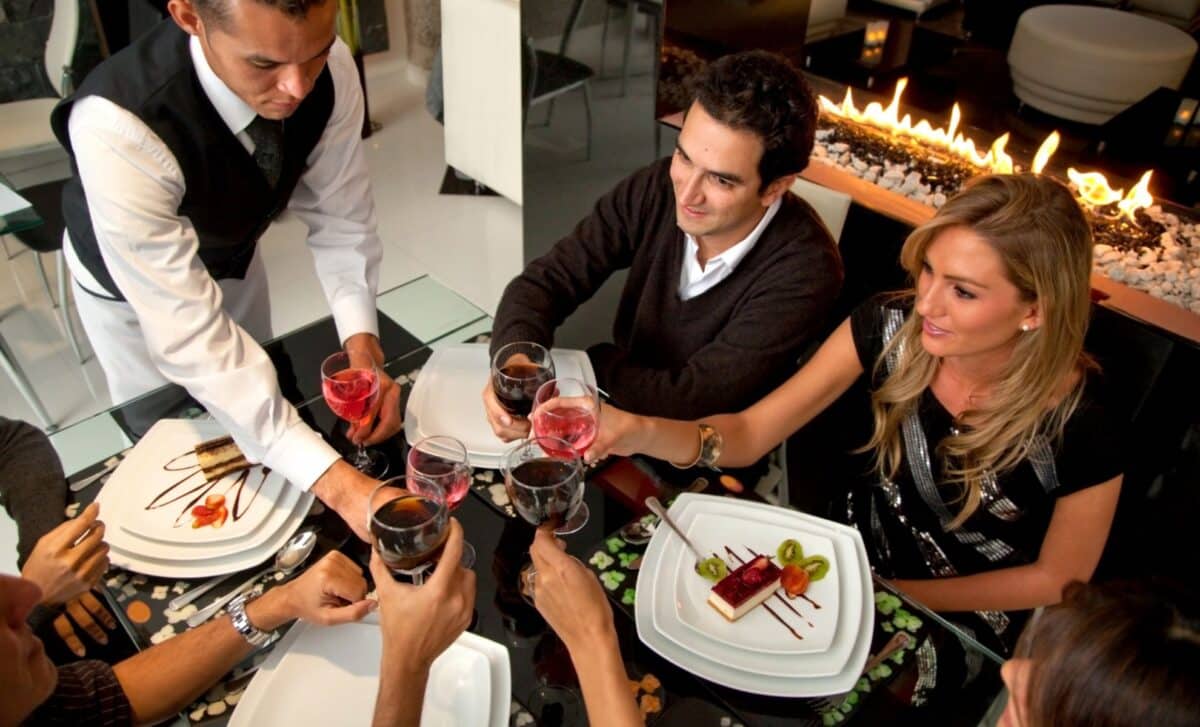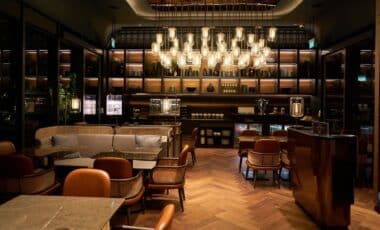As the summer heat invites us to enjoy sunny terrace moments with a glass of chilled wine, many may not realize the hidden risks lurking in some restaurants. One particularly devious scam has been making its rounds, and it’s as crafty as it is concerning. While this scheme may seem subtle, its consequences are very real, both for your wallet and your health.
The “re-bottling” scam: how it works?
The so-called ‘re-bottling‘ scam is surprisingly simple yet highly effective. According to a report from the French journal 20 minutes, the scam involves a deceptive practice where low-quality wines are sold at the price of premium selections.
Here’s how it typically plays out: restaurant staff, often following instructions from management, collect unfinished wine bottles from other diners. These leftover wines, which can be from vastly different varieties and qualities, are then mixed together in a large container, like a barrel or a bottle.
What happens next is the clincher. This blended wine is then poured into glasses and presented as a top-shelf selection like Chablis or Sancerre, while customers unknowingly pay the price for a wine that isn’t even close to what was promised. The restaurant profits by using near-cost leftovers while charging patrons full price for an entirely different product.
These 25 Restaurants are Officially the Best in the U.S.—One’s in Disney World
Are you paying the price for these hidden risks in your everyday life?
While the financial repercussions are obvious — paying premium prices for subpar wine — the health risks are less talked about but equally important. The primary concern lies in the varying concentration of sulfites in different wines. Sulfites are used as preservatives, but their levels differ from one wine to another. The blending process might result in a wine mixture with dangerously high levels of sulfites, which can lead to adverse reactions, especially for those who are sensitive or allergic to them.
For restaurants, the short-term financial gain from this deceptive practice can quickly turn into a massive downfall. The DGCCRF (French Consumer Affairs and Fraud Control Agency) has classified this as “fraud,” a serious offense in France that can lead to severe penalties.
However, perhaps even worse than the financial penalty is the damage to a restaurant’s reputation. In an age of online reviews and social media, a few negative comments can do far more damage than any fine could.
How to Protect Yourself From This Scam
If you’re dining out and want to ensure that your wine is what you’re actually paying for, there are a few simple steps you can take. The most effective piece of advice, shared by many sommeliers, is to order a full bottle of wine when dining in a group. This guarantees that the bottle will be opened in front of you, and you can inspect it before it’s served.
If you prefer ordering by the glass, don’t hesitate to ask the server to show you the bottle the wine comes from. As a customer, this is your right, and it ensures that the wine you’re drinking is the same as what’s listed on the menu. Also, pay close attention to the wine’s appearance, particularly by placing it against a white surface. Does the wine look as expected? A white wine that is too pale or a red that is too light can be red flags.
When you smell the wine, be wary if it has a flat, neutral aroma or if it smells overwhelmingly like alcohol. Lastly, take a small sip. A quality wine should feel balanced and complex on the palate. If it’s simply acidic or lacks character, it may not be the wine you ordered. Don’t be afraid to raise your concerns politely with the server.




